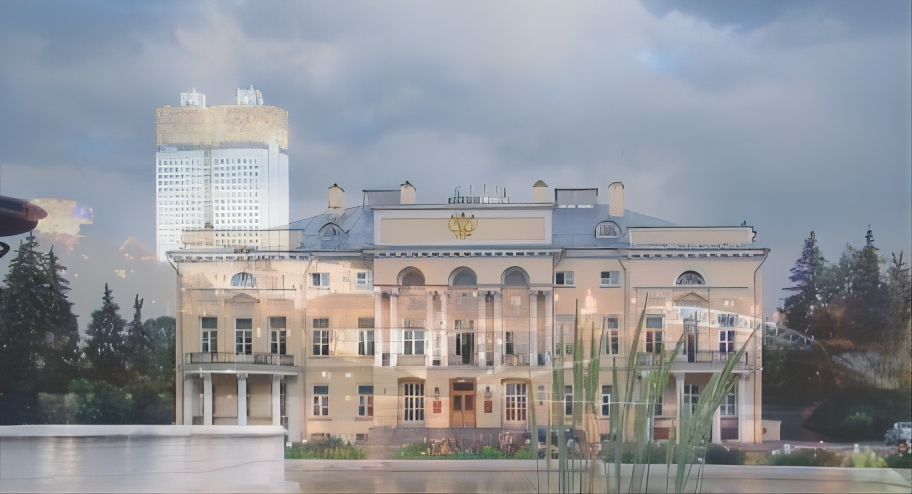俄罗斯科学院天文学研究所成立于1936年,其前身为苏联科学院天文委员会。1936年12月20日苏联科学院Fersman A.Y.和Fesenkov V.G.院士提请苏联科学院主席团组建苏联科学院天文委员会,1990年前名为苏联科学院天文委员会。2008年正式更名为俄罗斯科学院天文研究所。
最初几年,天文学会的主要任务是协调地面光学和天文学领域的所有研究活动。随后承担了提供天文学照片和光探测设备,组织筹备国内外科学博览会。该机构兼具学术委员会和研究机构两种职能。
随着太空时代的到来,该学会的主要目标是以人造地球卫星为主的天文学观测。二十世纪六十年代中期,该机构建立并加入了人造地球卫星观测的国际组织体系。1975年统计,苏联科学家参与了欧亚大陆,非洲和南美洲设立的28个天文学专业观测站的筹建工作。
天文学研究所的研究方向有:变星研究;人造卫星观测研究;地球大气层研究;太阳活动研究;月球物理;日地物理研究;恒星演化;双星系统演变;恒星演变;恒星光谱;不同时空范围恒星形成规律;行星系统与恒星动力学。

The Institute of Astronomy of the Russian Academy of Sciences, formerly known as the Astronomical Committee of the Soviet Academy of Sciences, was founded in 1936. Fersman A.Y. and Fesenkov V.G. of the Soviet Academy of Sciences on December 20, 1936. The academicians proposed to the Presidium of the Soviet Academy of Sciences to form the Astronomical Committee of the Soviet Academy of Sciences, which was named the Astronomical Committee of the Soviet Academy of Sciences until 1990. In 2008, it was officially renamed the Institute of Astronomy of the Russian Academy of Sciences.
In the early years, the main task of the Astronomical Society was to coordinate all research activities in the field of ground-based optics and astronomy. Subsequently, it undertook to provide astronomical photographs and optical detection equipment, and organized and prepared scientific fairs at home and abroad. The institution functions as both an academic committee and a research institute.
With the advent of the space Age, the society's main goal was to make astronomical observations based on artificial Earth satellites. In the mid-1960s, the agency established and joined the system of international organizations for satellite observation. In 1975, Soviet scientists were involved in the construction of 28 professional astronomical observatories in Eurasia, Africa and South America.
The research interests of the Institute of Astronomy are: variable star research; Satellite observation and research; Research on the Earth's atmosphere; Solar activity research; Lunar physics; Sun and earth physics research; Stellar evolution; Binary star system evolution; Stellar evolution; Stellar spectrum; Rules of star formation in different space-time ranges; Planetary systems and stellar dynamics.